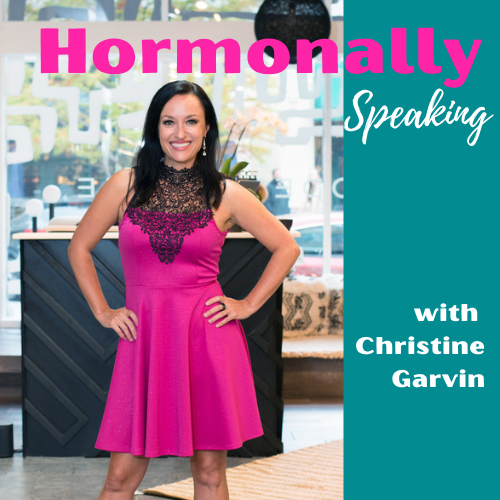About Dr. Suzanne Fenske, MD
Dr. Fenske is board-certified in Obstetrics, Gynecology, and Integrative Medicine and is also the founder of Tãrã MD. This NYC-based holistic gynecology practice is blending today’s advanced medical technology with proven timeless therapies.
While Dr. Fenske’s academic education is robust; she felt it did not provide her patients with the comprehensive, whole-person care they deserved. Therefore she applied and was accepted to the University of Arizona Andrew Weil Center for Integrative Medicine fellowship with a scholarship. With this unique combination of training, she focuses on treating complex conditions such as hormonal imbalances, perimenopause, menopause, chronic pelvic pain, endometriosis, fibroids, recurrent infections, and sexual dysfunction, as well as women’s health optimization and well-being. Please find more information on Dr. Fenske at taramd.com.
Highlights
- How common is irregular bleeding? The reported numbers say 30%, but the numbers are likely much higher when we reach perimenopause.
- Why the menstrual cycle should be considered the fifth vital sign?
- The importance of tracking our menstrual cycles and symptoms to get a deeper insight into what’s happening in our body and what our individual “normal” is so that we know when things are off
- We reviewed a normal premenopausal bleeding pattern and the causes of irregular bleeding
- Certain health issues such as endometriosis, fibroids, polyps and endometrial hyperplasia can flare up during perimenopause because of the estrogen/progesterone imbalances and cause irregular bleeding
- Testing and assessment that a woman can expect if she experiences irregular bleeding
- Why a woman might experience spotting in the days leading up to a period
- Solutions for irregular bleeding in perimenopause, including HRT, OCPs, the IUD, and uterine ablation – Dr. Fenske discusses the pros and cons of each
- Bleeding expectations when starting HRT – what’s normal?
- Progesterone adequacy – how much is generally needed to protect the uterine lining?
- Is the vaginal US needed/the best way to gauge endometrial protection?








